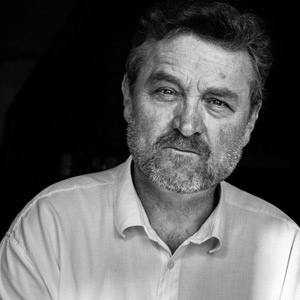
2014
-
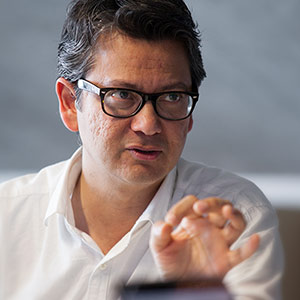
Bottom-up Technology
Ian Banerjee, architect, city planner, educational researcher and member of the jury in the category “Digital Communities” of the 2014 Prix Ars Electronica, presents his view of digital communities and talks about possible changes that will shape our living together in future.
-

The winners 2014
While hot metal flowed from the blast furnaces at the casthouse of the steel producer voestalpine, a few hundred meters next door, the winners of the Prix Ars Electronica 2014 were announced at a press conference. A first overview.
-

Seven billion voices
Laina Greene calls for a human right of access to digital technologies. The Prix juror tells us in an interview, how important digital communities are and what opportunities they are able to include.
-
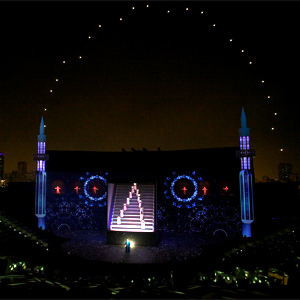
The Sky above Sharjah
The spaxels’ world tour continues. In “Clusters of Light,” an extravaganza just staged in the United Arab Emirates (UAE), the Ars Electronica Futurelab’s crew took their prodigious show design talents to the next level of excellence, and their choreographed formation of LED-equipped quadcopters thrilled audiences of thousands. Here, Chris Bruckmayr gives us a behind-the-scenes account.
-
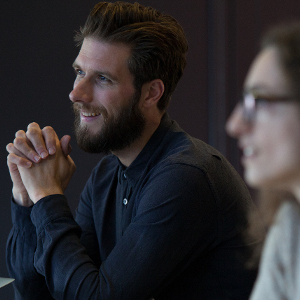
Interactive Art: In Search of Something New
Irini Papadimitriou and Michel van Dartel, two jurymemebers of the Prix Ars Electronica 2014, were in search of something new and exciting in the category Interactive Art. They told us in an interview how these search proceeded.
-

Entangled Sparks
“Entangled Sparks” is the Ars Electronica Futurelab’s latest contribution to the EU’s Connecting Cities initiative. Veronika Pauser, the Futurelab staffer who heads “Entangled Sparks,” took some time out to answer a few of our questions and let us in on what the so-called LinzerSchnitte is all about.
-

A Cross-Section of 35 Years of Media Art
What use is the world’s best media art collection if only a select few have access to it? The Ars Electronica Archive has enhanced and upgraded its online presence, and taken the additional step of making available videos of speeches and round-table discussions held over the last 35 years.
-

The Day of Decisions
The selection process to determine the 2014 recipients of a Prix Ars Electronica, one of the world’s most important media art prizes, has been concluded. 25 international experts put in three days of intensive work to choose the winners.
-

Please do not disturb, voting in process
This year’s recipients of the Prix Ars Electronica will be selected this weekend. The juries’ three days of deliberations begin today at the Ars Electronica Center Linz, where the many entries will be viewed and assessed by the jurors.
-

Lebensstadt Linz, ganz selbstverständlich
Im LINZ VERÄNDERT Ausstellungszelt werfen die BesucherInnen bei interaktiven Stationen einen Blick hinter die Kulissen des größten Dienstleisters der Stadt. Christian Gratzl, Marketingleiter der LINZ AG, spaziert mit uns durch die Lebensstadt.
-

Murmur – Sorting out Dyslexia
It took 21 years for him to be able to spell his name correctly. Even as a schoolboy, Indian-born artist Aakash Odedra struggled with dyslexia. He ultimately discovered dance as the mode of expression that’s right for him.
-
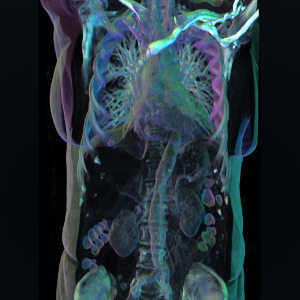
3-D Patient Data Direct from the Clinic
Yesterday a large number of visitors attended the second part of the series “Deep Space LIVE: Anatomy for All”. We chatted with Dr. Franz A. Fellner and Horst Hörtner which exceptional 3D visualization of the human body they presented this time.
-

Beers through the Years
On tap at the Göss Brewery Museum is everything you’d like to know about Austrians’ favorite drink—beer. And the museum has just undergone a bit of a facelift in collaboration with Ars Electronica Solutions. We recently had a chance to chat with project manager Claus Zweythurm about the thoroughly playful approach he took to this…
-

This Inspires Us 2014…
Two examples of incredible projects that Gerfried Stocker cites as sources of inspiration for this year’s festival theme, “C … what it takes to change,” are Projekt Daniel and Solar Mamas. That’s reason enough to take a closer look at them.
-
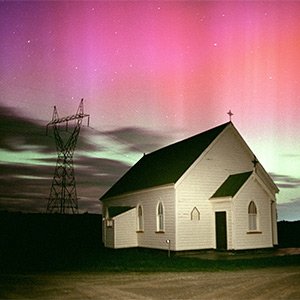
Terra Mater: Pictures of the World
Since April 2013 the Ars Electronica Center Linz shows a new documentary in Deep Space on the 16 × 9-meter big screen each week – with free admission. Ivo Filatsch, senior producer and executive producer of Terra Mater Factual Studios, gives us an insight of how such a documentary is actually produced.
-

Researching deep into the Night
The title met the program: During the “Long Night of Research” on FRI April 4, 2014, the Ars Electronica Center and the Ars Electronica Futurelab in Linz opend their doors late into the night for a highly interested audience from young to old.
-
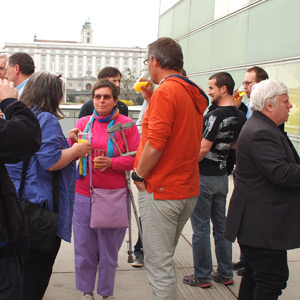
Food for thought at school
Once a year, the Ars Electronica Center invites its ambassadors to come to Linz – to not only to inform about new offers in the coming school year, but especially to get feedback and suggestions from the teachers themselves. A review of the 4th AEC Ambassador Day.
-

C … what it takes to change
The 2014 Ars Electronica Festival is set for September 4-8. This year’s festival theme is called “C … what it takes to change”. Gerfried Stocker, the artistic director of Ars Electronica, gives us his take on what it takes to change.
-

3-D Printing for All
The Print3Dfuture Conference, Austria’s first conclave dedicated to three-dimensional printing, was held on March 27th at the Odeon Theater in Vienna. Among the speakers was the manager of the FabLab at the Ars Electronica Center Linz, Alina Sauter. Here, she talks about this fascinating topic.
-
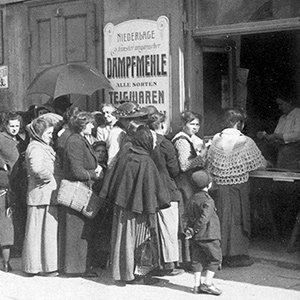
World War I in Linz
March 1914. Linz is a prosperous town in peace – for the population there is no evidence of a major European war. In a Deep Space LIVE Markus Altrichter from the Archives of the City of Linz shows historical pictures from the First World War – a time that was marked in Linz of hunger.
-

Small Gestures for a Better Future
“L’Oracle du papillon” (the oracle of the butterfly) exhibition in Fribourg, Switzerland encourages visitors to get proactive and make a small contribution to enabling humankind to deal collectively with upcoming challenges. A key element of this exhibition is GeoPulse, the modern simulation & visualization tool provided by Ars Electronica Solutions.
-
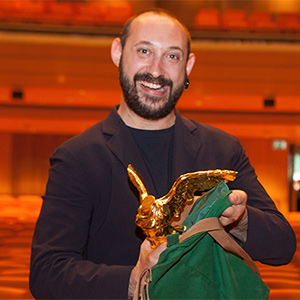
Quayola: From Prizewinner to Juror
A visually impressive animated work entitled “Forms” wowed the 2013 Prix Ars Electronica jury and garnered the Golden Nica grand prize in the Computer Animation/Film/VFX category for its creators, visual artists Davide Quayola (IT) and Memo Akten (TR). This year, prizewinner Quayola will be one of the experts judging the submissions.
-
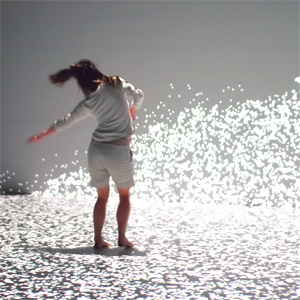
Anatta: The Illusion of Self
The visualization of his dance performance entitled “Anatta” totally blew away the audience that gathered in the Ars Electronica Center’s Deep Space in late January 2014, now it can be seen in March 2014 again. Viktor Delev gave us a few personal insights into his work.
-

Animation is more than just film
What defines a good animation? And what developments can be expected in this area? Prof. (FH) Mag. Dr. Jürgen Hagler Mag from the Upper Austrian University of Applied Sciences Campus Hagenberg presents a brief inventory of the genre and introduces the animations that can be seen at Deep Space LIVE on THU March 20, 2014,…



